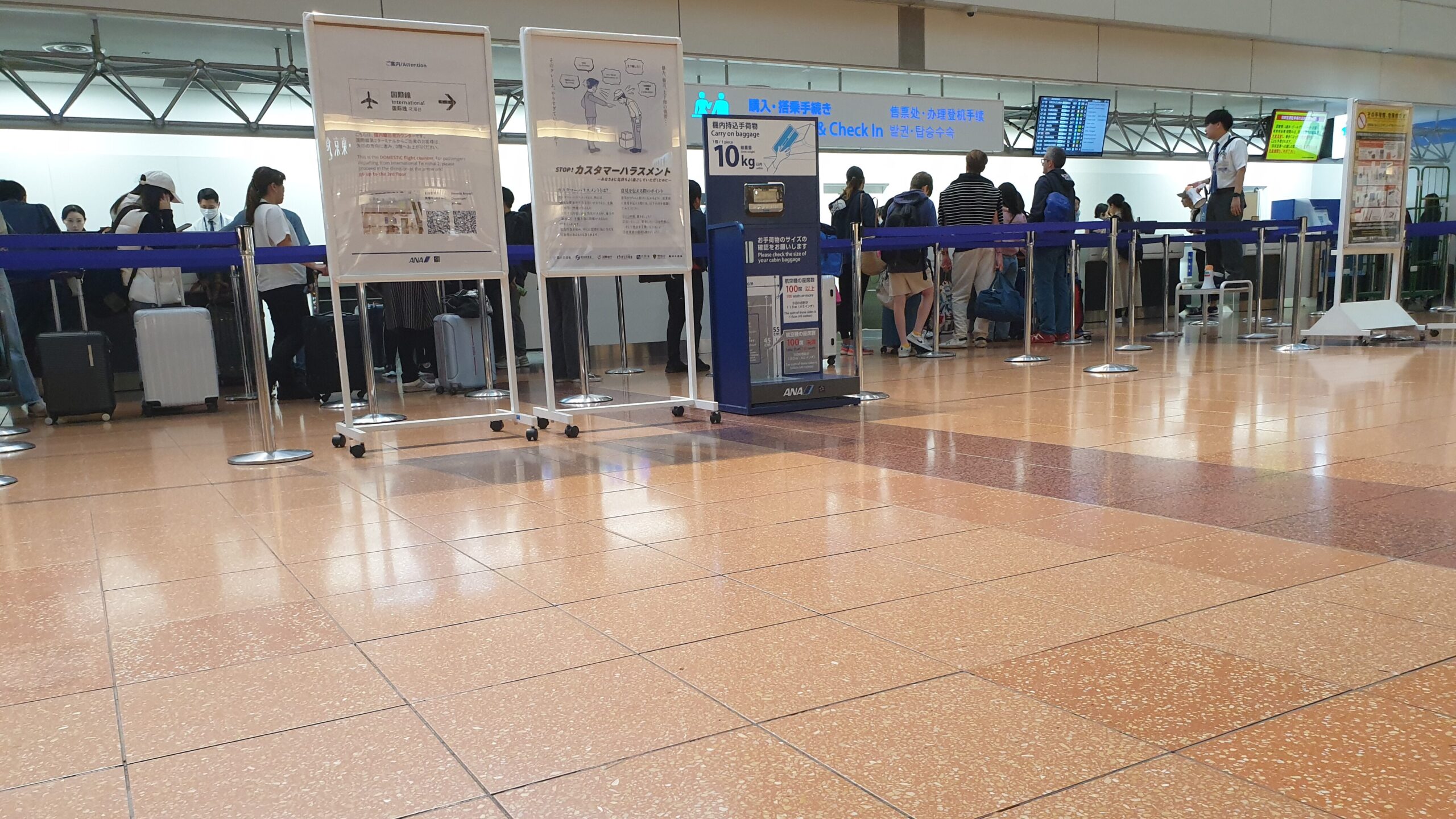
I fly to Okinawa from the terminal at Haneda Airport for local flights. This is a completely different experience than the international terminal. Everything is organized in a more Japanese way. The stark announcements in several languages are replaced by attendants with megaphones standing on stools organizing people into the correct queues. I guess it works, but I stare at it in disbelief for a moment. I can’t understand a word, most of the passengers are Japanese, so I have to help myself. Fortunately, the attendant will at least help me with the automatic baggage check-in. Everything works without a hitch. The flight has no delays.
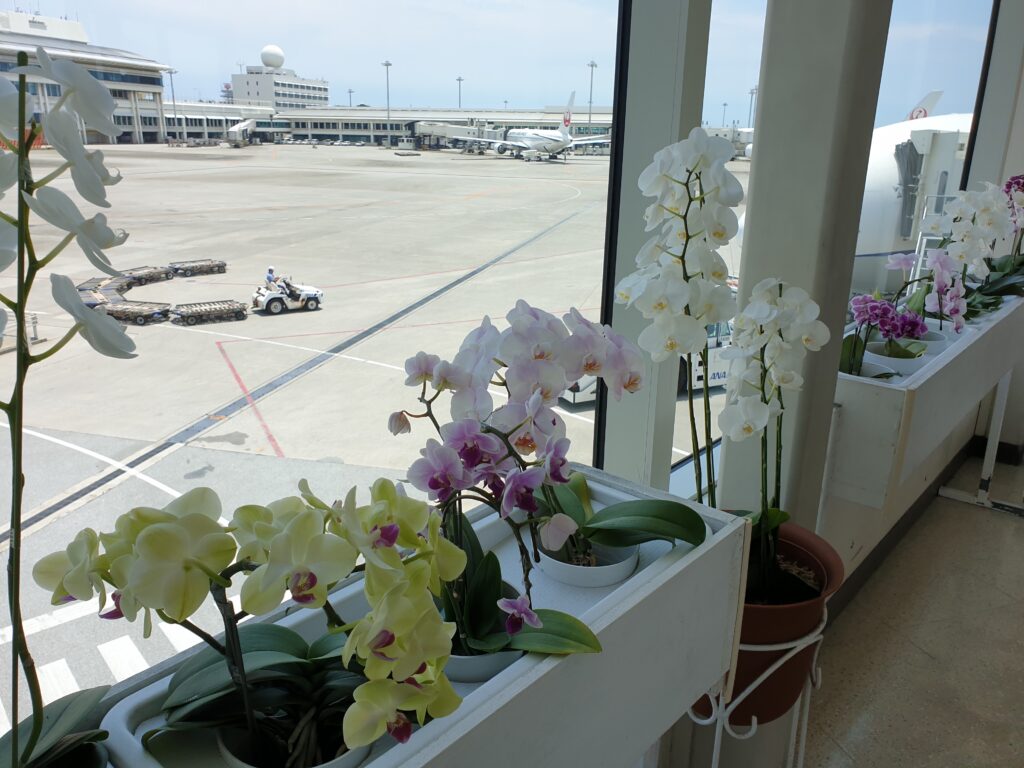
Okinawa airport welcomes me with flowers and summer, almost tropical temperature. Temperatures here vary between 16°C and 29°C throughout the year with average monthly rainfall of over 100mm. Without much trouble, I also find the arranged shuttle bus to take me to the car rental office. I don’t understand anything here either, but my name is on the list, so with a group of other tourists we soon set off. The palm trees around evoke the pleasant atmosphere of a tropical paradise, although Okinawa still belongs to a warmer subtropical climate. A beautiful black Nissan Leaf is already waiting for me in the rental car park. I soon discover that what for me in Europe is a small car is rather a big car here. I install the mobile phone holder and save the location of the rental in the navigation system. I count on returning the car in four days. And I’m getting used to driving on the left side on the relatively narrow roads of the Japanese island. The traffic on Okinawa is definitely not up to that of Tokyo, yet it takes me my entire stay to get comfortable with the opposite steering wheel controls, specific intersections and narrow roads.
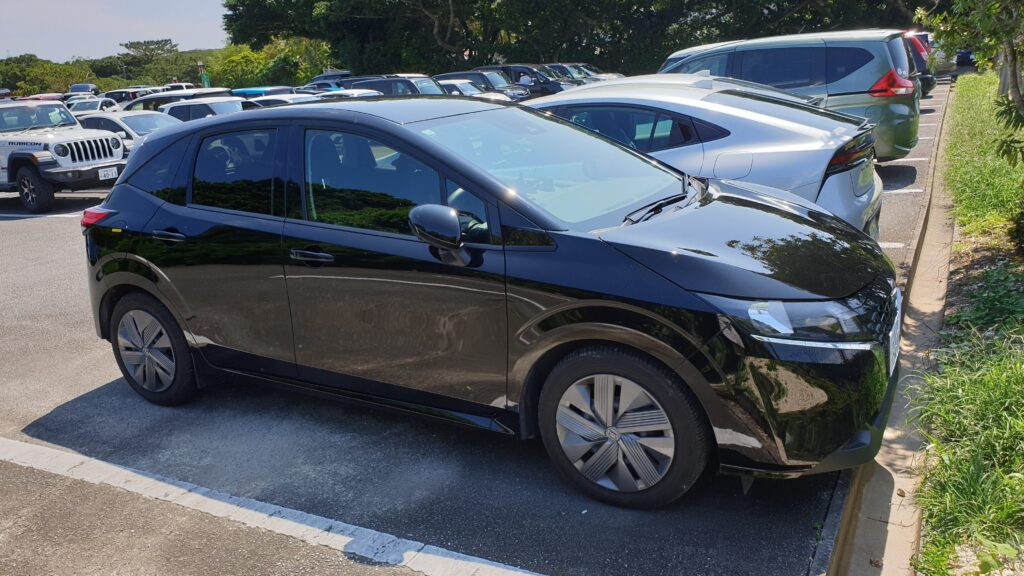
Okinawa lies about 650km south of the main islands of Japan. It is the largest island in the Ryukyu archipelago. In 1990, Okinawa’s population was estimated at 1.22 million, the majority being Ryukyuans (mainly Okinawans). The south of the island is highly urbanised – it is surrounded by the cities of Nago, Okinawa and Naha, while the north of the island is sparsely populated. Due to the subtropical climate, the north of the island is covered by dense forest. In July 2021, part of this rainforest (7 721 hectares) was inscribed on the UNESCO World Heritage List along with other islands of the Ryukyu archipelago for its unique biodiversity.
From 1429 to 1879, the island was the centre of the Kingdom of Ryukyu. In 1879, the kingdom was annexed to the Empire of Japan. In 1945, the island was conquered by American troops (the so-called Battle of Okinawa).
Okinawa was returned to Japan by the United States in 1972, and since then, rapid development and the abandonment of agricultural land have threatened the loss of its native citrus genetic resources. In addition, due to the conversion of farmers to commercial mandarin varieties (especially Unshiu),which began after World War II, the number of native citrus varieties that were grown and maintained until then is steadily decreasing, with the exception of a few varieties (Inafuku-Teramoto et al. 2010).
When you arrive in Okinawa, you will see warm-loving subtropical, almost tropical nature. Unlike other production areas, you won’t be surrounded by citrus trees. You have to look for them. The production of Shikuwasa, the most famous cultivated and only fully commercial citrus in Okinawa, was 1,500 tons of fruit in 2022 (Hariawan, 2023), which is about 21% of Okinawa’s citrus production (Okada, 2005). In comparison, the production of citrus in mainland Japan in the 2021-22 season was estimated at 924,000 tons (Kurai, 2021). Tankan accounts for 44% of Okinawa’s production, Unshiu mandarin 27%, Ponkan 4% and Kabuchii 3% (Okada, 2005). Citrus can be found in a few production areas and in the hidden mountain valleys of a few villages where the original farms are still maintained, although in many cases nowadays more as a means of income for an ageing population. It is therefore also amazing that a relatively small island has managed to produce a relatively large diversity of species.
No time to think about it. I have one more important stop on the way to my accommodation.
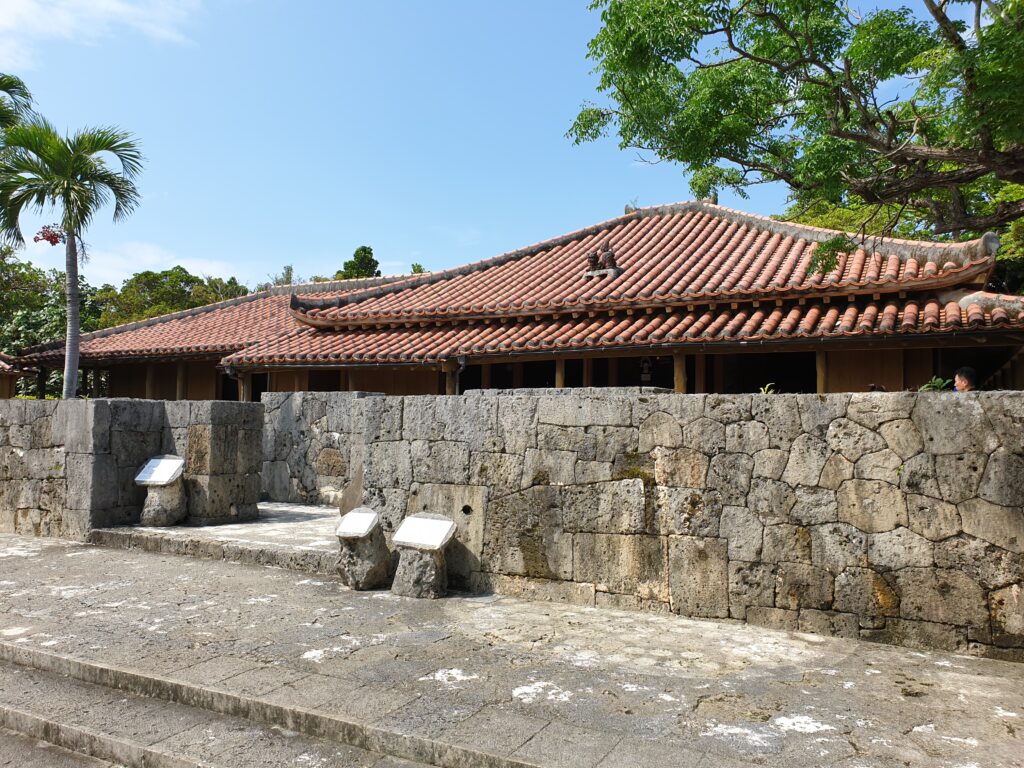
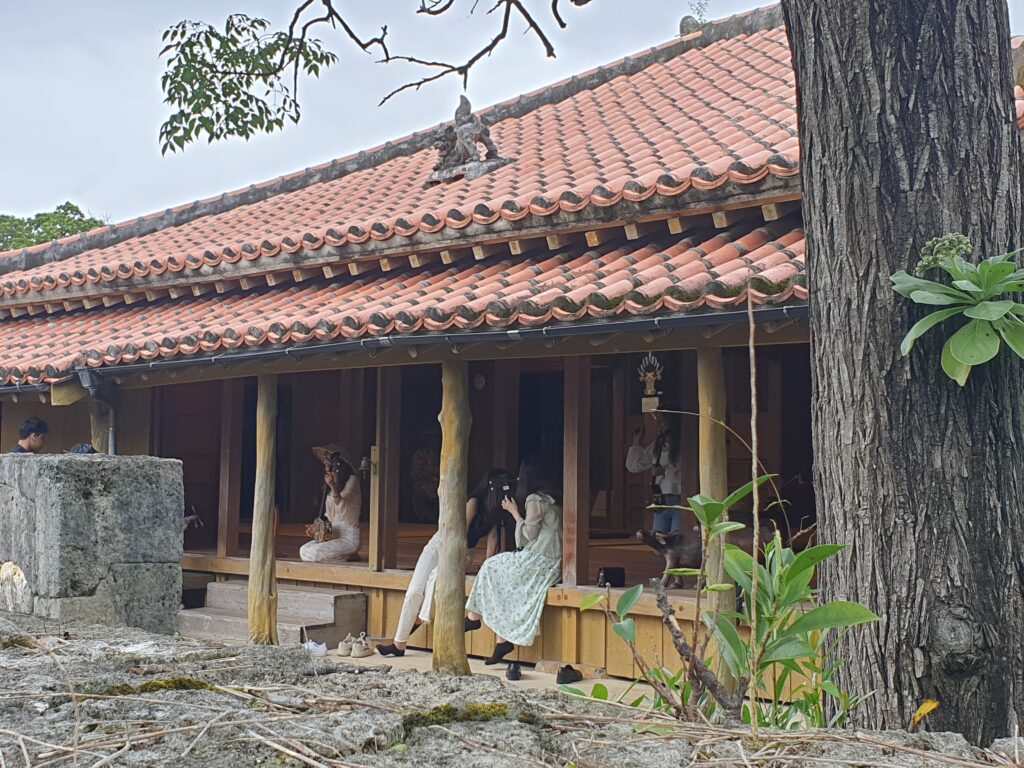
Okinawa World is a theme park consisting of several distinct areas: the Gyokusendo, limestone caves considered the most beautiful in East Asia; Habu Park, which is a small zoo featuring the habu, Okinawa’s venomous snake; and the Ryukyu Kingdom Village, which reproduces the town and traditional lifestyle of the castle town of Shuri from days gone by. Also available here is traditional habu sake, which is made by infusing snakes in the rice distilled alcoholic drink awamori. Local Keraji citrus is used to remove odours.
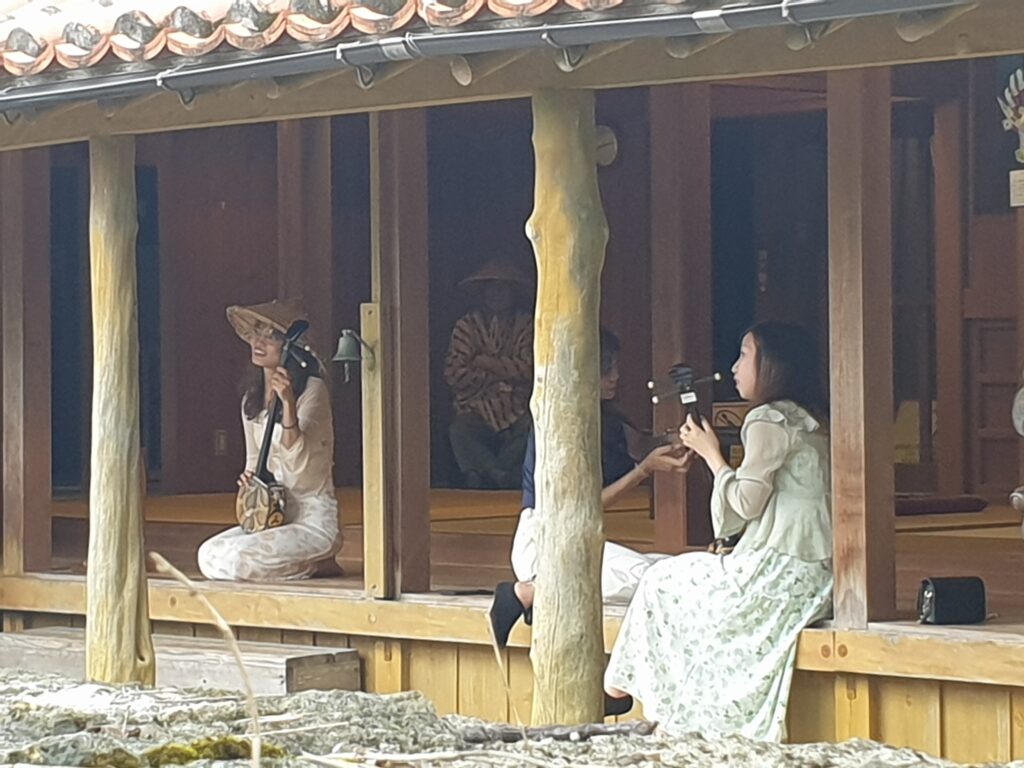
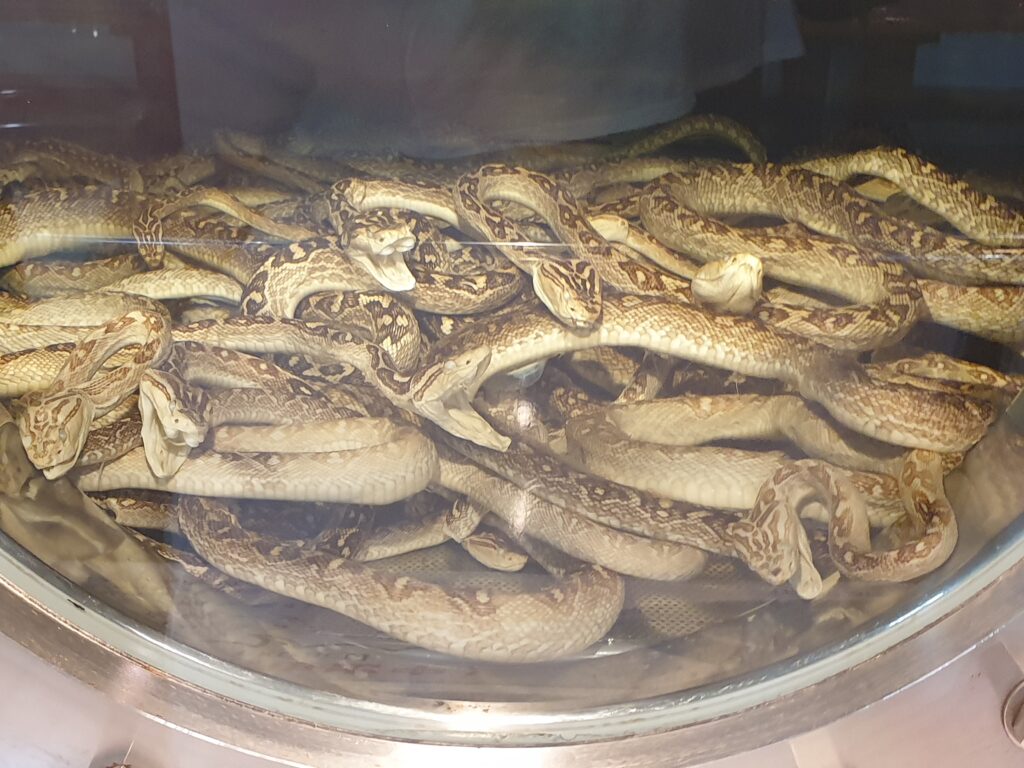
The village of old Okinawa consists of private houses more than 100 years old that have been relocated here. Some of these houses have been designated by the Japanese government as part of the material cultural properties of Japan. A series of workshops are held in these houses to allow visitors to experience Okinawa’s traditional heritage and local folk crafts.
Gyokusendo is a five-kilometer limestone cave, 890 meters of which are currently open to visitors. There are more than 1 million stalactites and stalagmites and an underground river. It is the attraction that interests the largest number of visitors. But in the afternoon, it’s a little quieter.
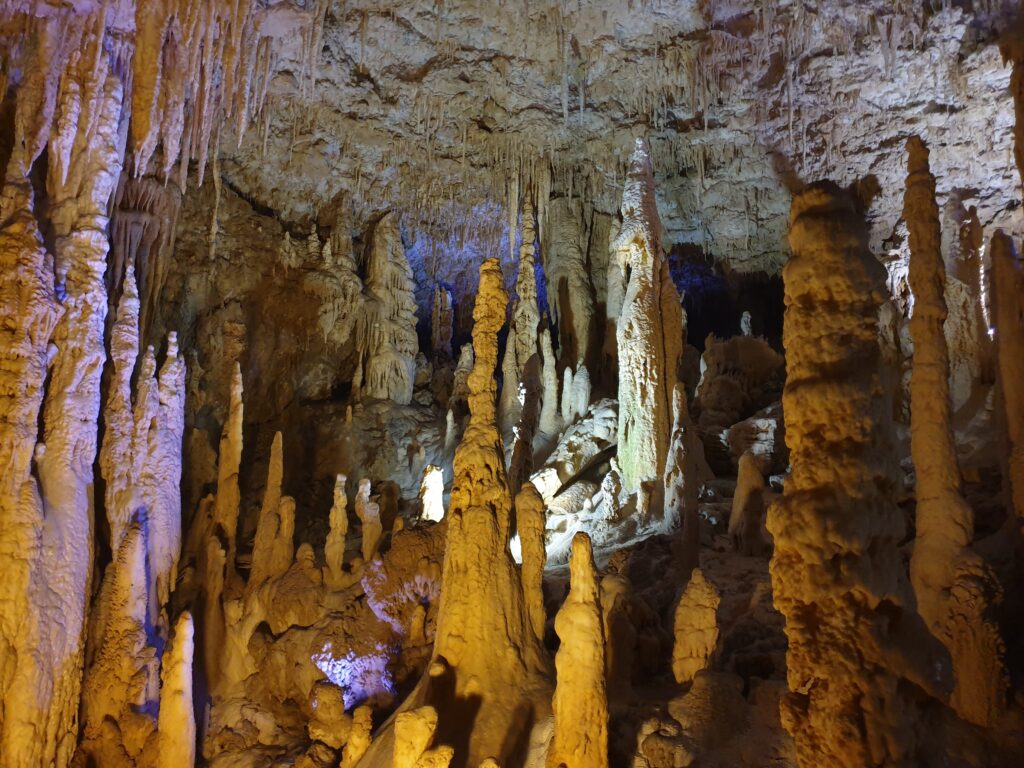
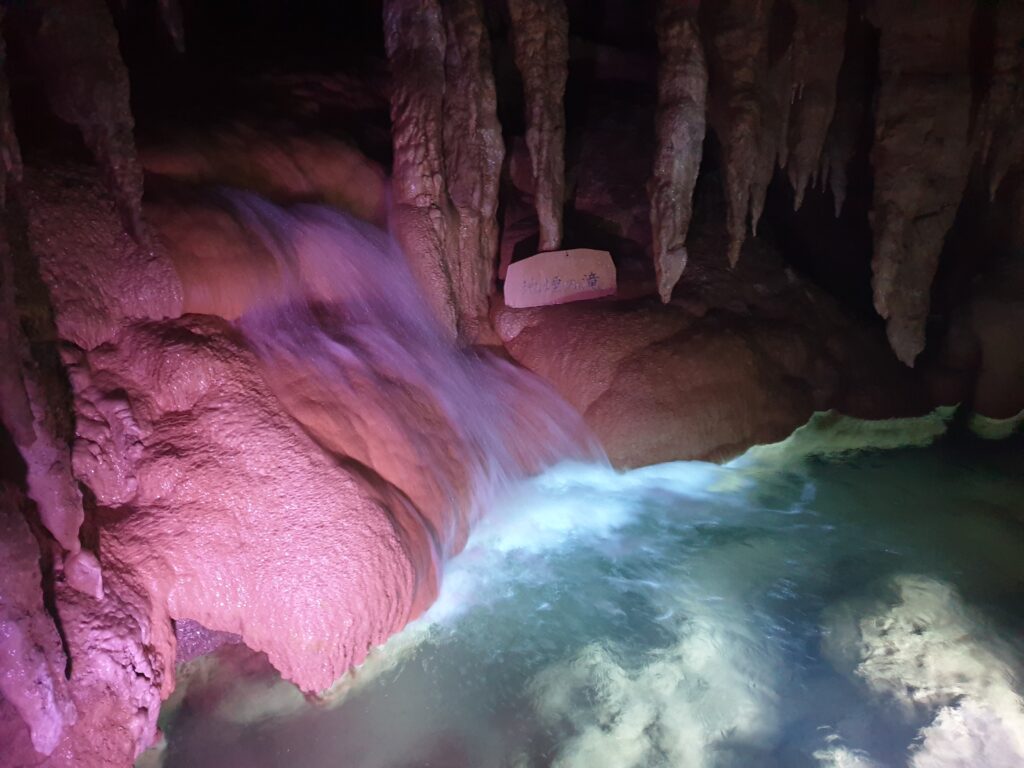

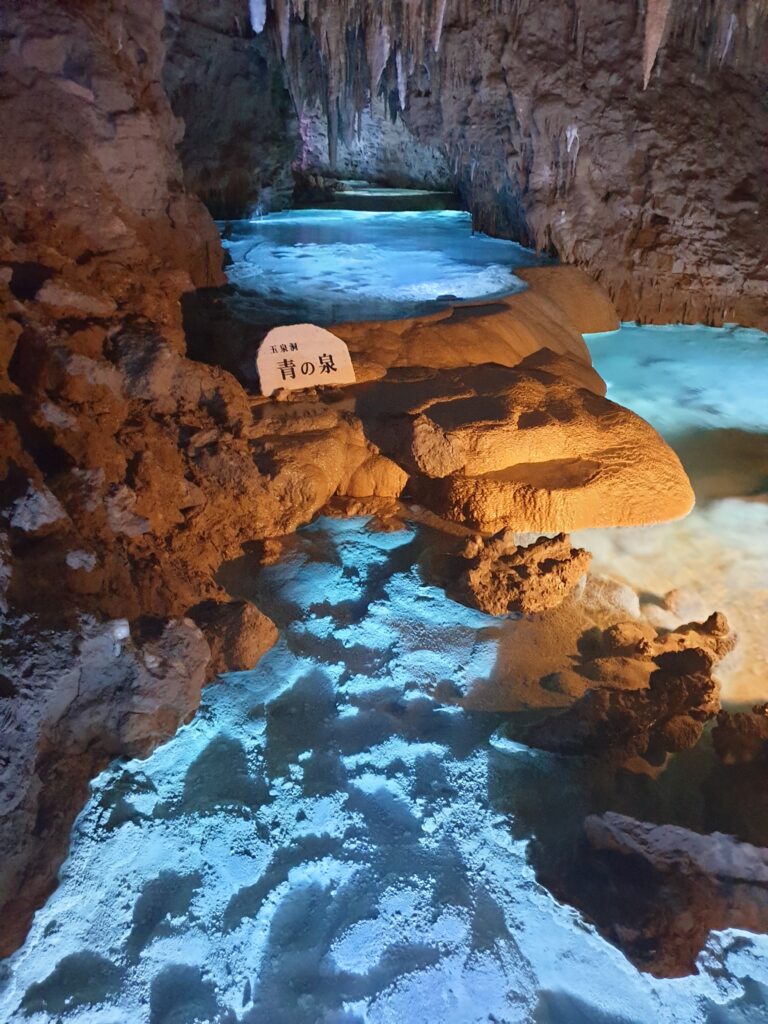
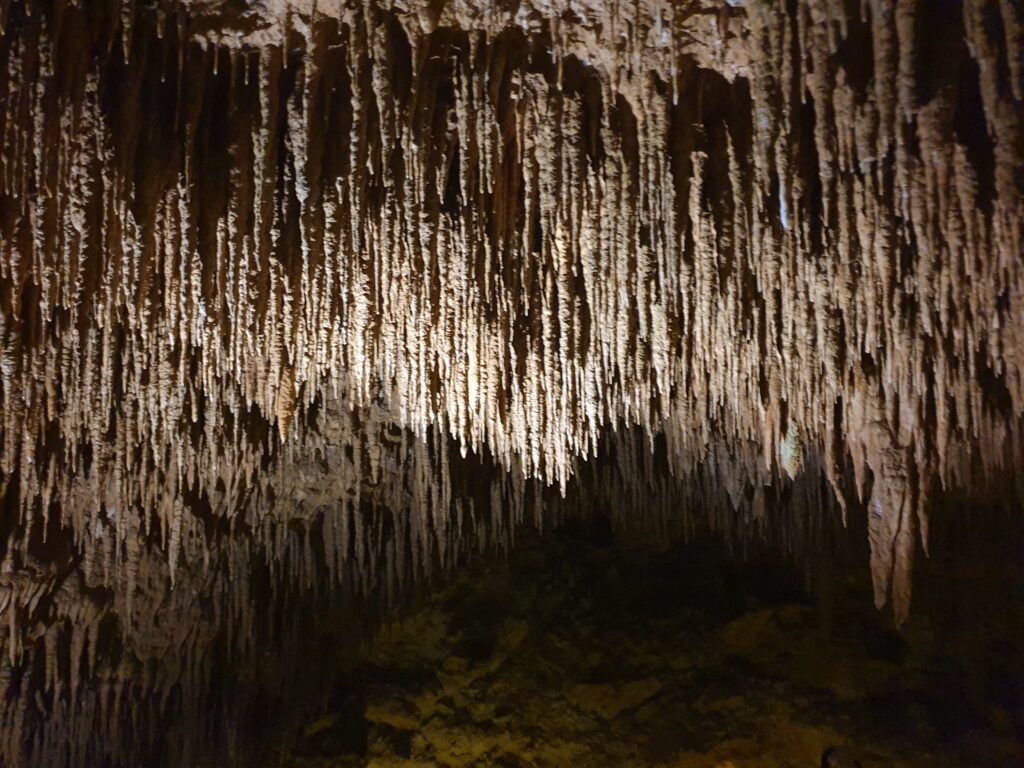
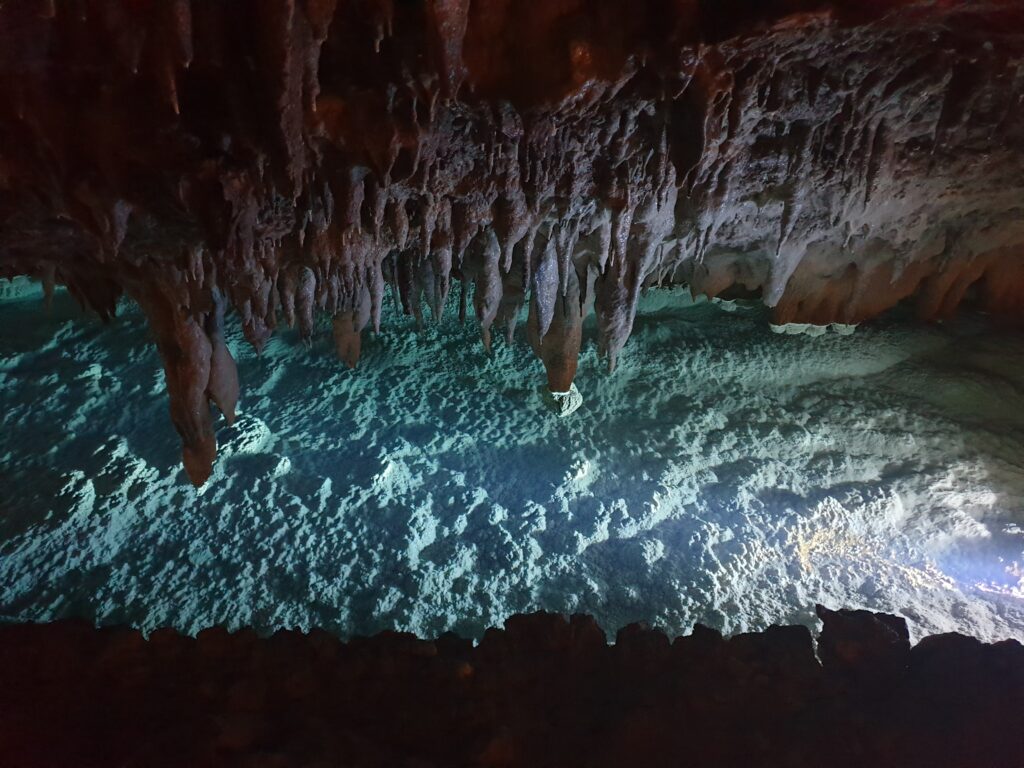
But my steps were directed here because of the last part of the park – the tropical and subtropical fruit garden. The garden also includes four of the most common local citrus trees – Shiikwaasa, Oto, Tarogayo and Kabuchii. It takes me a while to find my way around the park, but eventually I find the section where the local mandarins grow. It’s spring so far, the trees have already flowered and have set their young fruit.
Shiikwaasa ggrows very compact and vigorous. The habit of the tree resembles a Calamondin at first sight, the growths are short, the tree is dense with smaller leaves. The leaves are rather ovate, smaller than those of other Okinawan species. Shiikwaasa is a natural hybrid of the closely related Chinese mandarin Sun Chu Sha and the local wild mandarin Tanibuta. Shiikwaasa is the only local species that is commercially grown in large quantities in Okinawa.
The local Kabuchii is not nearly as vigorous, but this may be due to some elemental deficiency. The leaves are noticeably lighter, but otherwise the tree would probably not be too different from the two mentioned below. Kabuchii belongs to Yukunibu group, so it has the same parents as Oto and Tarogayo.
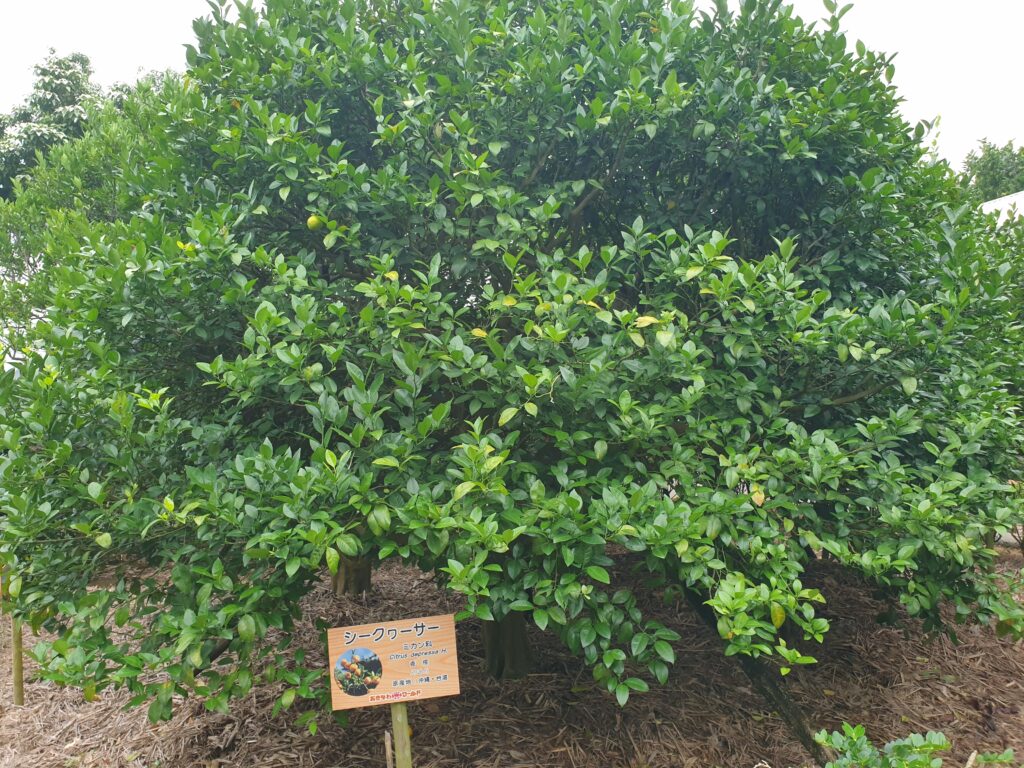
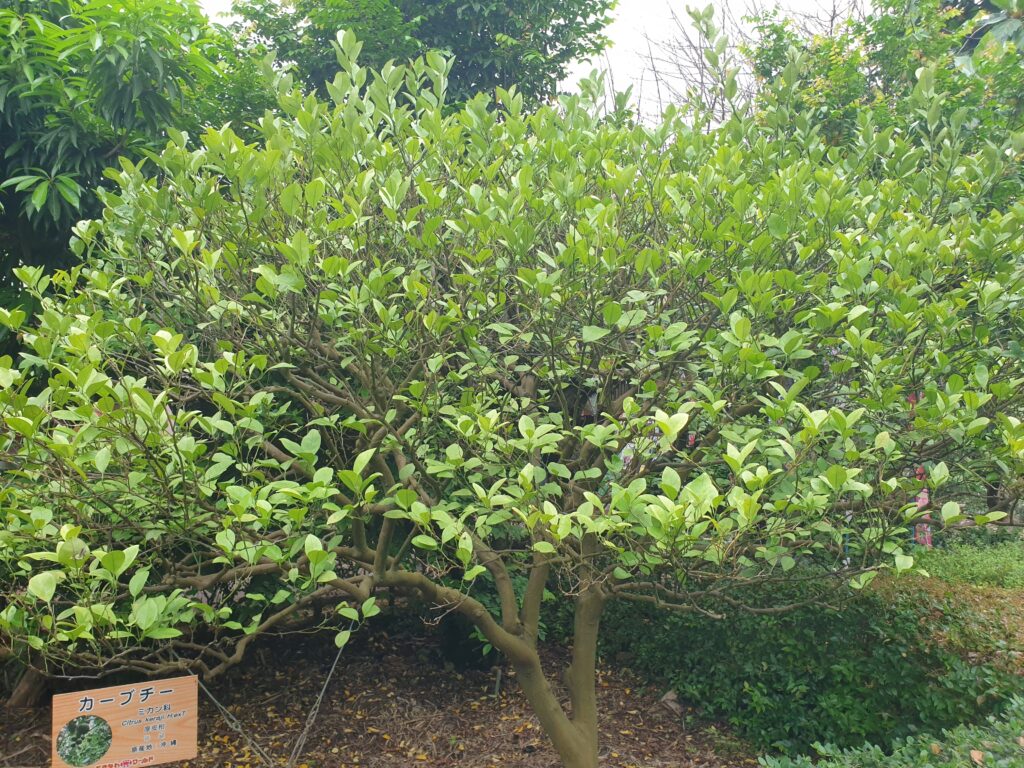
Oto and Tarogayo are indistinguishable at first sight. The habitus of both species is very similar, a little more loose than Shiikwaasa, but still quite compact. The leaves are noticeably larger, as are the later fruits. The only difference between the two species is the shape of the seeds; they belong to the Yukunibu group, so they have the same parents as Kabuchii, the Chinese mandarin Kunembo and the local wild mandarin Tanibuta.
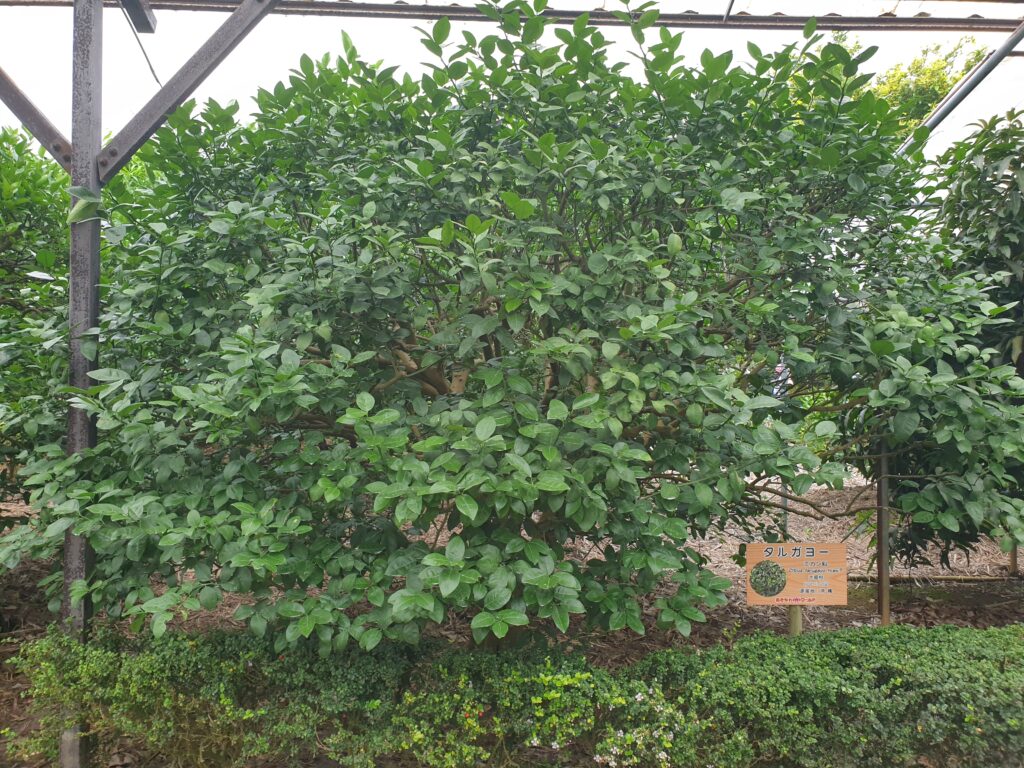
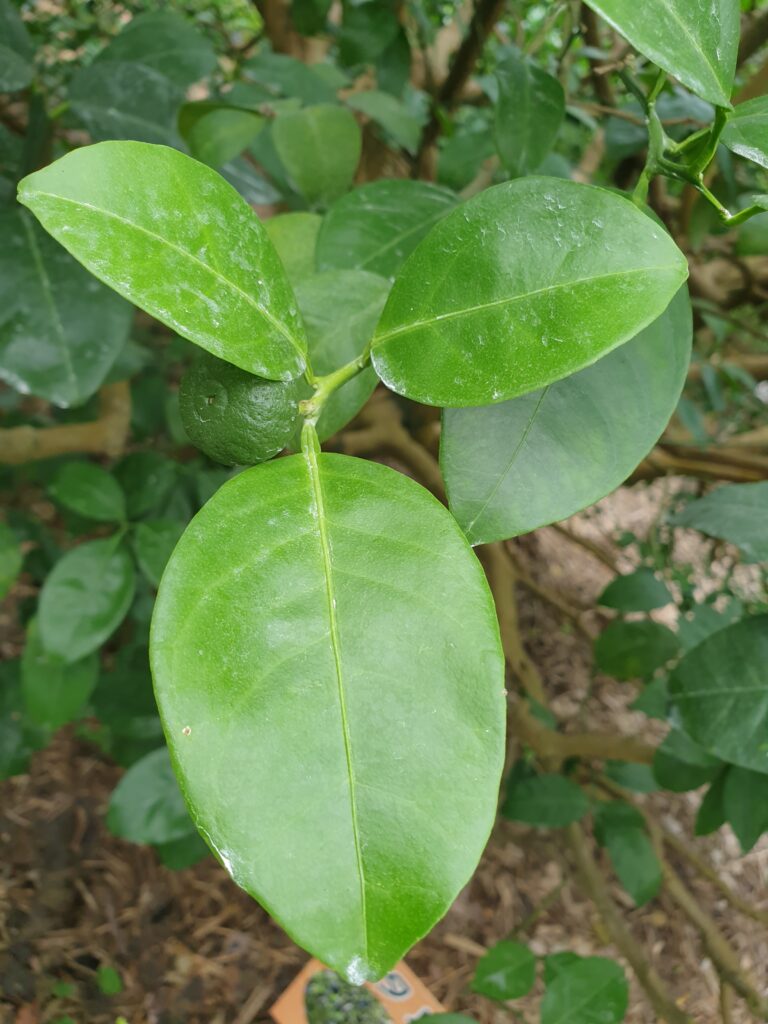
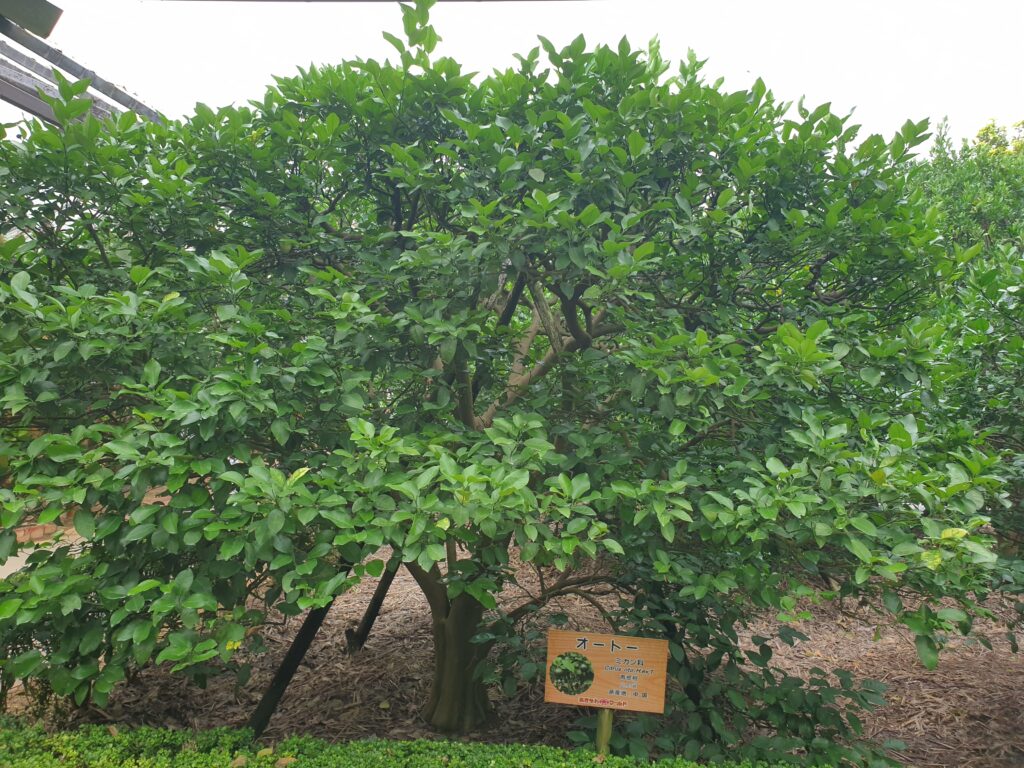
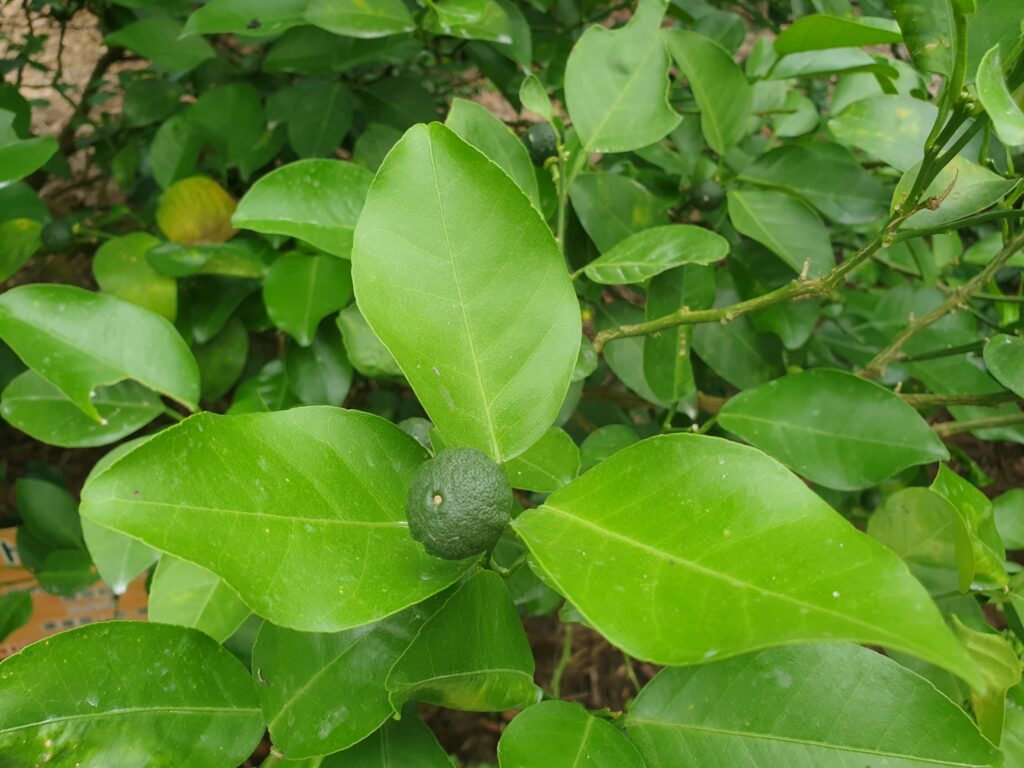
These three species, however, are no longer grown in large numbers in Okinawa and have gradually given way to the commercial mandarins Unshiu and Tankan. So I’m glad I came across them so easily, although I plan to find them in their natural habitat in the north of the island.
I’ve saved the detailed information I found on all the species in the species overview at the links to the right, so I won’t repeat it here.
It’s time to check in, so I head to the Nago settlement to the Weekend Pension, where my hostess Seira, who runs the guesthouse with her mother, is already waiting for me. I am very grateful to meet someone who speaks English very well and can therefore get some travel advice. And most importantly, I am about to have a dinner in which I recognize the unmistakable taste of local citrus fruits. I learn that it is frozen Rokugatsu mikan from older stock, as last year’s crop was destroyed by the typhoon. Too bad – we won’t be tasting fresh fruit. But the food is wonderful, no trace of the bitterness I would expect in the hybrid bitter orange that Rokugatsu Mikan is. And the very next day I arrange a visit to the family orchard.
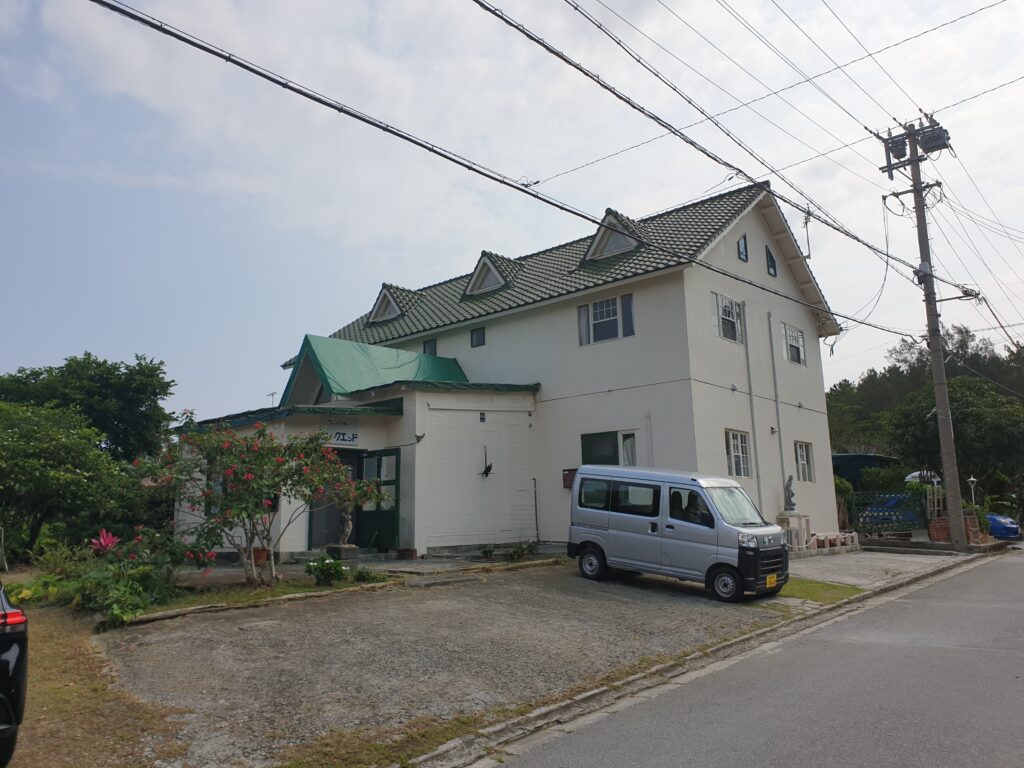

Search for citrus trees in Okinawa – Business week in Tokyo – Day One – Day Two – Day Three – Day Four
